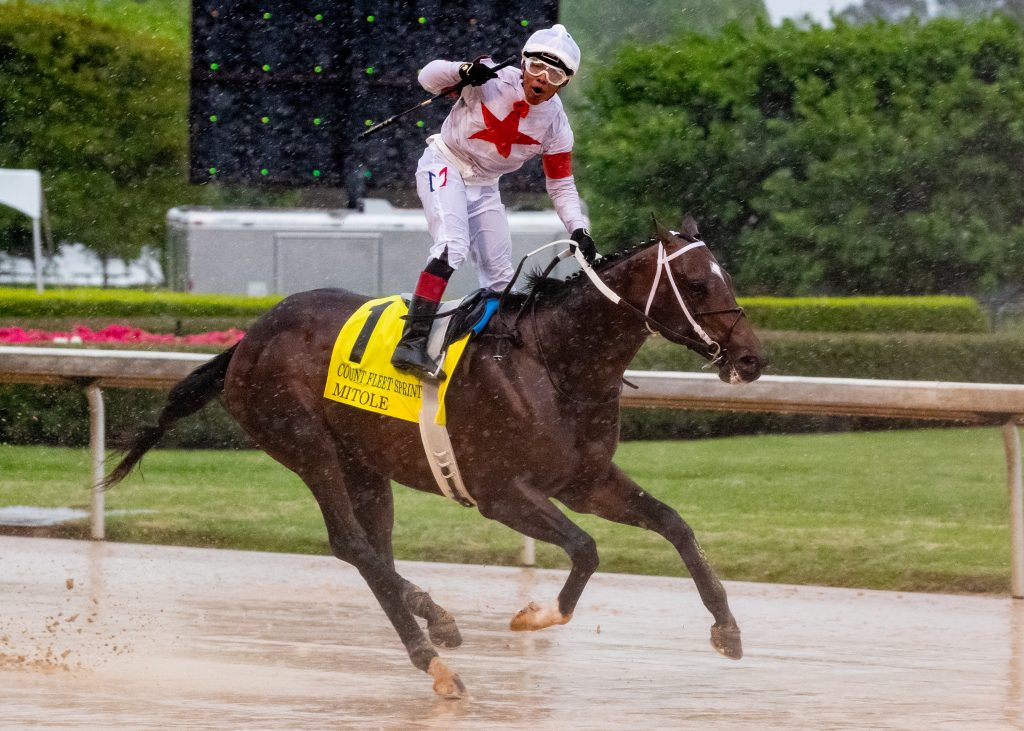
“Scientific proof” is a term that gets thrown around like confetti at a New Year’s Eve party. Take for instance the issue of whip use in horse racing. Run a simple Google search and the engine will cough up articles that claim “science” proves whip use is abusive to the horse and must be banned from all equine events. The conundrum with these articles in stark opposition to whip use is a severe lack of actually applying science. Instead, it would appear that science is being forced to “prove” a biased perspective rather than utilizing the scientific method to deconstruct theories and dissect the facts. And the fact is, whip use in horse racing is not as black and white as it’s made out to be and science is the unfortunate victim of a gross misunderstanding about whip use and equine learning theory.
Why are whips used?
Under ideal circumstances, whips are used in horse racing in order to correct and focus the horse for the duration of the event. Without violation of the rules that protect the horse’s welfare, whip use can be a very effective tool in regards to the safety of both the horse and rider. Horses are animals that learn best through applied pressure otherwise known as negative reinforcement. This is why things like bits, spurs, and whips are used when training a horse. During training, the applied pressure is released when the horse provides the correct response which in turn is generally followed up with positive reinforcement such as a treat.
How are whips used?
The British Horse Racing Authority has established that whips should not be used in an effort to coerce the horse, indicating that there is a difference between using the whip to make a horse run faster and using it to focus the horse. A jockey can use the whip in the forehand, the backhand, and down the shoulder. There should be visible signs that the horse is acting out against the race and the jockey should make sure the horse is able to respond. For instance, a jockey can have the whip in the backhand position to serve as a reminder to the horse. From there, a jockey can evaluate the necessity of striking the horse based upon the horse’s response to the reminder.
Evaluating whip use
At the end of each race, veterinary officers assess the welfare of the horse in regards to how the whip was used. This is done through a clinical evaluation that takes into consideration the horse’s overall post-race behavior. Factors that are evaluated include the design of the whip, where it was utilized on the horse, how much force was applied, the frequency of its use, and if pain was experienced by the horse. Something worth noting is that the body’s response to pain lies on a spectrum between pathological and physiological. In other words, while there might be physical signs of whip use on the horse’s body such as a welt from the whip’s blow, pain receptors in the brain might not have been triggered in that particular instance.
Conclusion
Utilizing the scientific approach in regards to horses does not mean efforts are being made to turn horses into a science. Rather, it means that the tedious process of making an observation, asking a question about said observation, forming a hypothesis, making a prediction, testing the prediction, and thus using the results to provide further information is necessary to humans understanding how to most effectively train a horse. Whip use, while it largely garners negative feedback, can be the most effective way to correct a horse during a high-intensity event such as racing.



